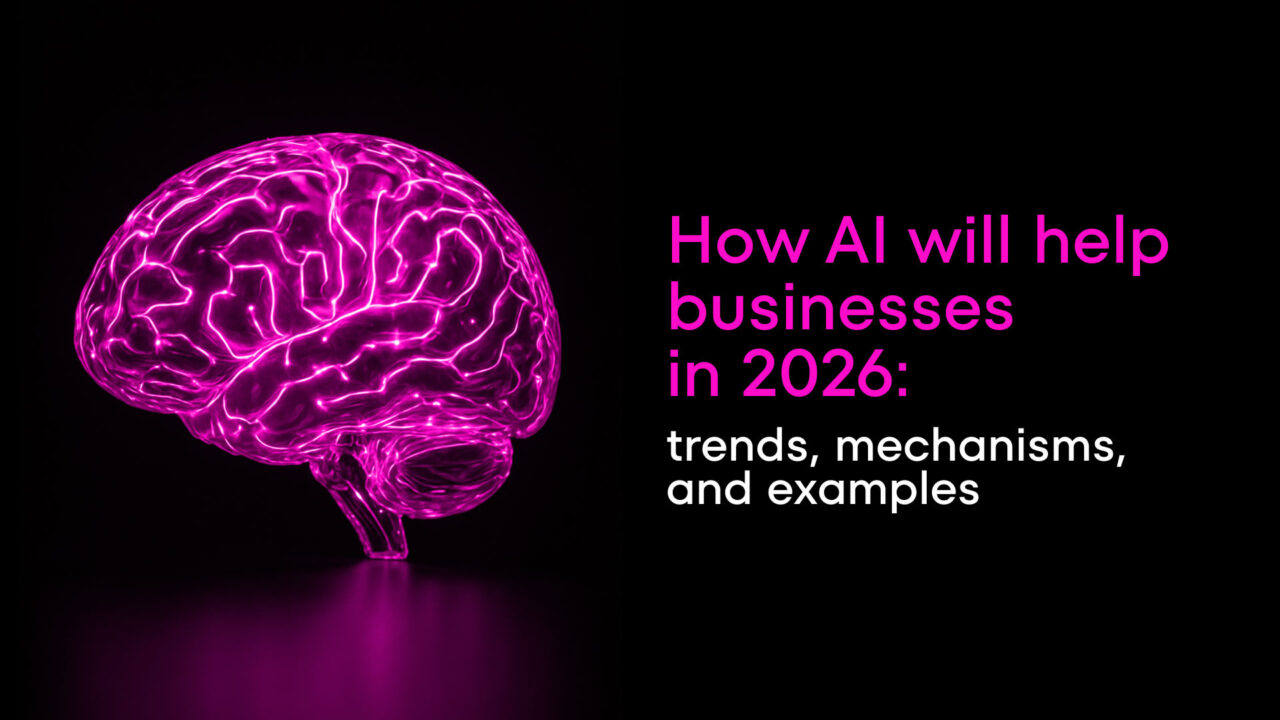What do you think — was this text written by AI or our marketing specialist? By 2026, the line between machine intelligence and human creativity will blur even further, especially in business. Artificial intelligence is no longer just a tech novelty, it’s a fully-fledged working tool that’s reshaping the rules of the game. Marketing, branding, design, and analytics will be the areas where AI unleashes its full potential, becoming a source of ideas, decisions, and strategies. The question is no longer whether to use AI, but how — which mechanisms will give businesses a real competitive edge? Which tools will become standard, and which will open up new niches? In this article, we’ll explore key trends, practical scenarios, and inspiring examples to help companies stay one step ahead.
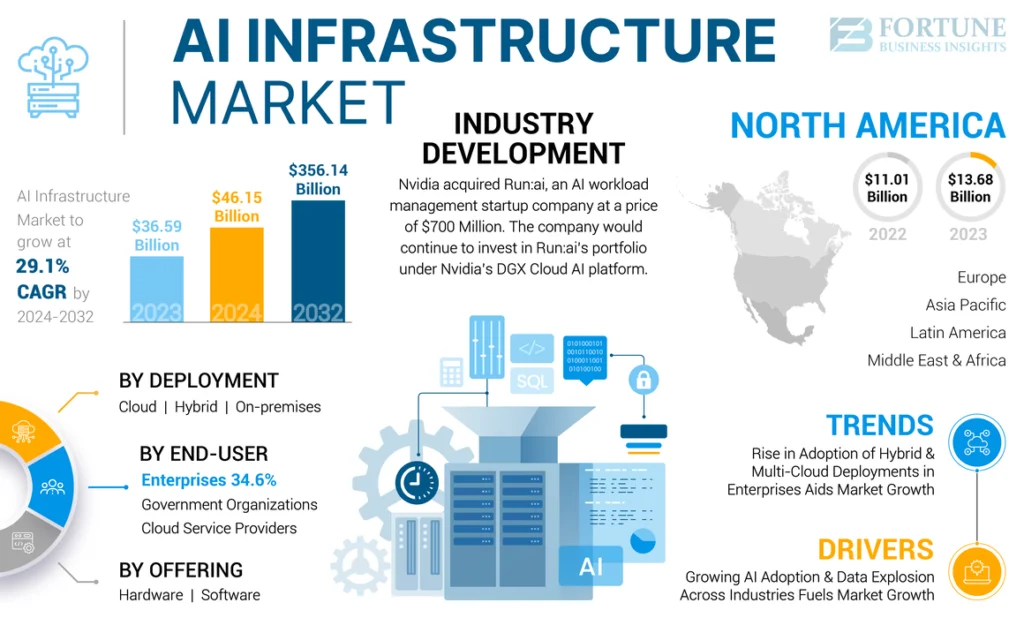
1. Key AI trends for 2026
2026 will mark a turning point in the integration of artificial intelligence into business processes. While companies experimented with AI solutions in isolated use cases between 2023 and 2025, by 2026 we’re witnessing systemic adoption — from creative workflows to strategic planning. Below are the key areas where AI is already reshaping the rules of the game.
AI in branding
Artificial intelligence enables brands to understand their audiences more deeply. Machine learning systems analyze behavioral patterns, values, motivations, and even emotional triggers. Platforms like Crayon and Brandwatch began offering automated brand positioning analysis in 2025, visualizing areas of overlap and uniqueness compared to competitors.
AI can also generate brand narratives like stories that convey a company’s values. For example, copy.ai provides scripts for brand videos, slogans, and mission statements tailored to specific audience segments.
AI in marketing
Marketing in 2026 goes beyond targeting, it’s about hyperpersonalization. Systems like DeepSeek and Persado analyze user behavior in real time and adapt content to meet current needs. This includes personalized landing pages, dynamic pricing based on demand and customer profile, and automated media strategy adjustments based on audience behavior.
AI in design
Visual design has become one of the fastest-growing areas for AI application. Tools like MidJourney, Adobe Firefly allow businesses to create logos, packaging, website layouts, and ad banners in minutes. These aren’t just templates, they’re creative concepts customized to each brand. For example, there are cases when design studios uses Stable Diffusion to quickly generate moodboards that are later adapted into real projects.
AI in analytics and strategy
Analytics in 2026 is no longer just about reports, it’s all about predictive modeling. Platforms like Tableau with AI modules, Google Looker, and Microsoft Fabric enable businesses to analyze large datasets in real time, identify brand strengths and weaknesses, and forecast competitor behavior. Salesforce Einstein, for instance, offers automated customer segmentation and churn prediction, allowing marketers to proactively adjust their communication strategies.
AI as a connector
One major trend is the emergence of ecosystems where AI connects marketing, analytics, and creative work. Platforms like HubSpot AI and Notion AI enable teams to collaborate seamlessly: designers receive insights from analysts, marketers get input from UX specialists — all within a unified interface. This is especially valuable for digital managers who coordinate cross-departmental efforts. By 2026, such integrations are becoming the norm.
Ethical and legal considerations
As generative content grows, regulation becomes a pressing issue. According to Forbes, by 2026 up to 90% of online content may be AI-generated. This raises concerns about copyright and intellectual property, information accuracy, and algorithm transparency.
Companies are beginning to implement internal AI ethics codes. For example, Unilever and IKEA introduced guidelines in 2025 for using AI in advertising, including mandatory labeling of synthetic content.
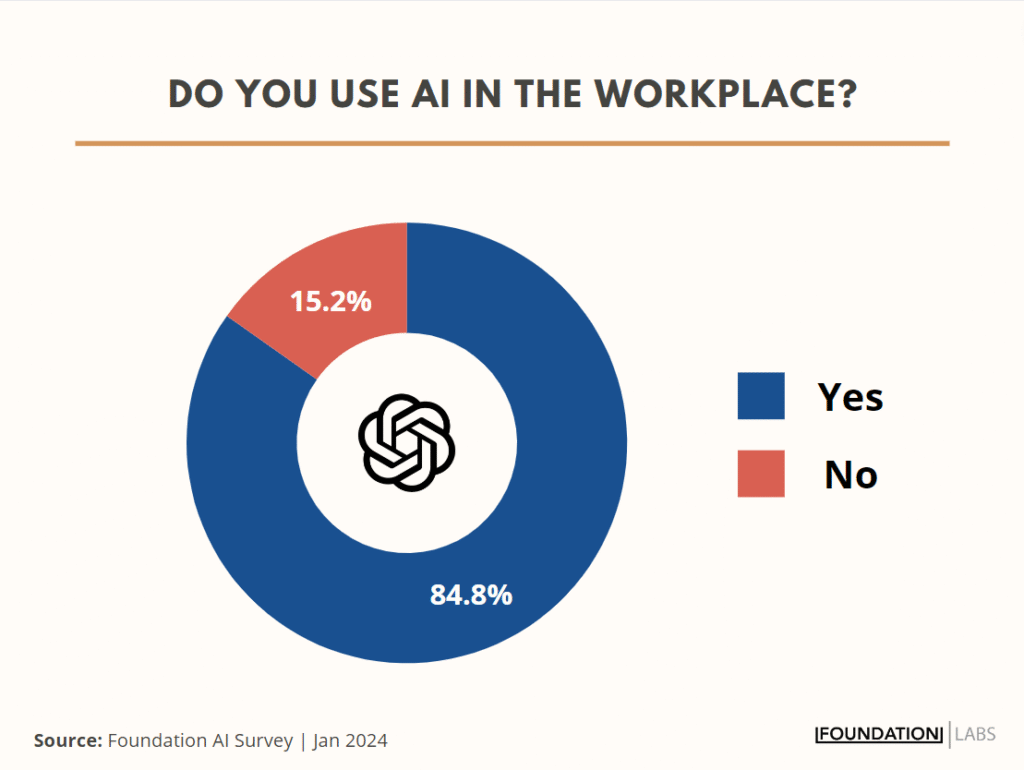
2. Mechanics of AI integration in creative and analytical work
While trends set the direction, mechanics are the actionable steps companies can take today. In 2026, artificial intelligence is no longer experimental and is embedded in daily operations. Below we are revealing an overview of key AI integration mechanics in marketing, branding, design, and analytics, with real-world tools and examples.
Marketing and advertising
AI tools automate content creation across all marketing layers. Platforms like Jasper generate slogans, landing page copy, ad messages, and email campaigns tailored to specific audience segments. Jasper, for instance, lets you define tone, style, and target audience, then delivers dozens of text variations ready for A/B testing. Services like Phrasee and Persado use neuro-linguistic algorithms to craft email campaigns that boost open rates by up to 30%. Also there are services that adapt website content in real time based on user behavior, changing headlines, images, and CTA blocks dynamically.
Design and branding
AI has become a powerful assistant for designers. Adobe Firefly, Figma AI, and Canva Magic Design enable rapid prototyping of visual identity, packaging, and interfaces. Figma AI analyzes user scenarios and suggests optimal UX solutions from button placement to color palettes. Canva introduced generative AI for branded presentations: input key ideas, and the system proposes visual styles, fonts, and layouts. Adobe Firefly helps create packaging aligned with trends — such as sustainability or premium positioning, based on audience visual preferences.
Strategic development
AI supports strategic decision-making with precision. Platforms like Crayon and SimilarWeb track competitor behavior from pricing changes to product launches. They monitor website updates, ad campaigns, and social media activity, generating strategic reports. TrendHunter AI and Exploding Topics identify emerging industry trends. This is crucial for brand strategists seeking growth opportunities and new niches. For market forecasting, tools like Prevedere and Google Cloud Forecasting analyze macroeconomic data, seasonality, and consumer behavior to deliver scenario-based projections.
AI support for analysts
Analysts now access deeper insights. Power BI with Copilot integration, Google Looker, and Tableau AI create interactive dashboards that not only visualize data but also offer interpretations and recommendations. Salesforce Einstein automatically segments customers by purchase likelihood, engagement level, and churn risk. This enables marketers to launch targeted campaigns and product teams to tailor offerings. AI also enhances customer journey analysis: Contentsquare uses behavioral data to identify friction points in interfaces and suggests improvements to boost conversion rates.
Integration with agency tools
By 2026, AI tools are embedded in agency ecosystems. HubSpot AI automates marketing funnels from content generation to email setup and performance analysis. Notion AI helps creative teams structure ideas, write scripts, and build presentations. Figma AI integrates with analytics, allowing designers to see how users interact with layouts. Adobe Sensei (the intelligent engine behind Creative Cloud) analyzes global visual trends and recommends creative solutions based on aggregated data.
3. Examples and case studies
The integration of AI into business is no longer theoretical — it’s already a working reality. Below are real-world cases from global brands, mid-sized companies, and startups where artificial intelligence has become a driver of growth, efficiency, and creativity.
Global brands
Coca-Cola is actively testing generative AI in its creative campaigns. As part of the “Create Real Magic” project, the brand invited designers from around the world to use GPT to produce unique visuals and slogans inspired by Coca-Cola’s signature aesthetic. This not only boosted audience engagement but also enabled the company to collect thousands of original ideas without relying on traditional agencies.
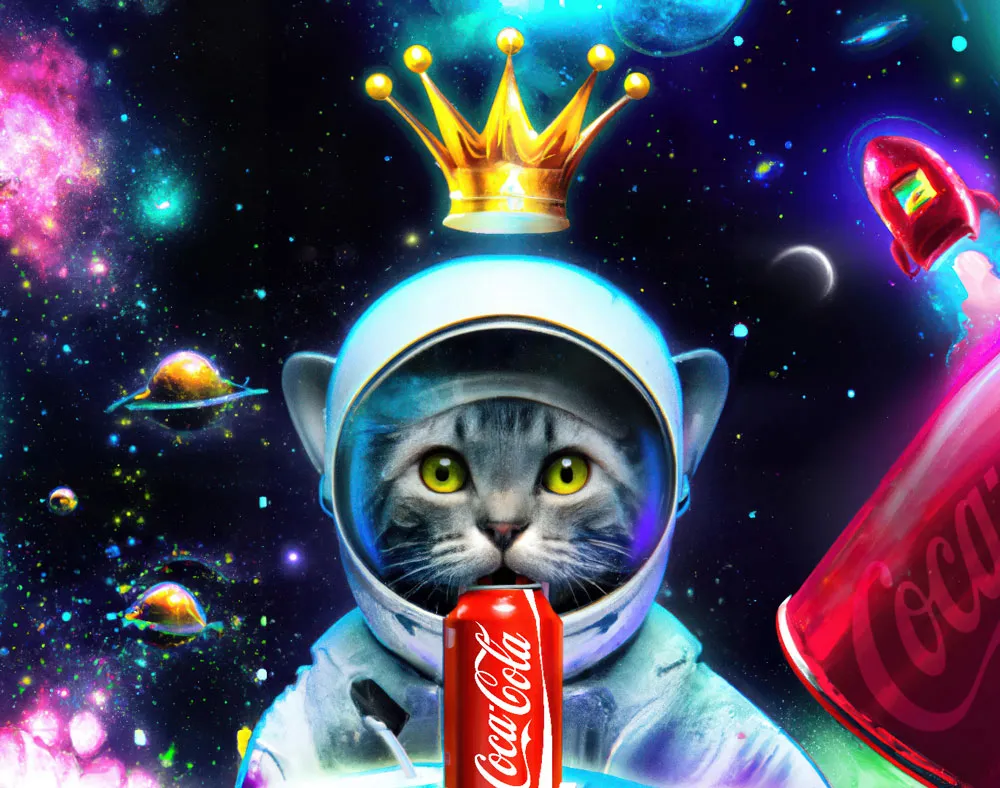
Nike is integrating AI into its digital marketing strategy. Algorithms analyze user behavior within the Nike Training Club app and generate personalized recommendations for workouts, products, and content. This strengthens customer loyalty and increases conversion rates.
Mid-sized businesses
Insurance companies are using AI chatbots to handle customer inquiries, issue policies, and conduct initial damage assessments. For example, the Polish company PZU has implemented a voice assistant powered by AI that processes up to 60% of incoming calls without human involvement.
Design studios are saving up to 30% of their time on visual concept development thanks to generative platforms. A studio in Lithuania uses MidJourney to create moodboards and initial ideas, which are then manually refined. This speeds up client approvals and accelerates project launches.
Startups
For startups, AI is not just a tool — it’s a competitive advantage. A fintech company in Estonia uses AI to analyze competitor behavior and adjust its pricing model in real time. This allows for rapid responses to market changes while maintaining profitability.
Marketing startups like CopyMonkey offer automated generation of product listings for e-commerce — including titles, descriptions, and SEO tags — all created in seconds. This is especially valuable for small businesses with limited resources.
Creative campaigns
In 2025, cosmetics brand Lush launched a campaign where users could create their own fragrance based on AI analysis of their preferences. The system generated a formula, packaging design, and product name, and then shipped the physical item. It became a viral case combining personalization, gamification, and generative design.
In the entertainment sector, Netflix uses AI to produce trailers tailored to different regions. The algorithm analyzes which scenes resonate most with viewers and assembles localized versions of the promotional videos.
4. Risks and challenges
Despite its clear advantages, the adoption of AI in creative and analytical workflows presents several challenges that businesses must address. One of the most pressing concerns is the loss of originality. As generative platforms become widespread, brands risk losing their distinct visual and verbal identity. Algorithms tend to replicate common patterns, which can lead to homogenized outputs and diluted brand expression.
This issue is compounded when many companies rely on the same tools such as MidJourney, GPT—resulting in a visual landscape filled with similar logos, illustrations, and slogans. The consequence is a kind of creative noise, where differentiation becomes increasingly difficult.
In analytics, AI systems are prone to errors known as «hallucinations,» where false insights are generated or data is misinterpreted. Such inaccuracies can be especially damaging in strategic planning, potentially leading to misguided decisions and financial setbacks.
Legal and ethical questions also remain unresolved. The ownership of AI-generated content is still a gray area, with uncertainty around whether the rights belong to the user, the platform, or the algorithm itself. Additionally, the reliability of AI-generated information is a growing concern, particularly when systems produce texts that mimic expert opinions or visuals that lack factual grounding.
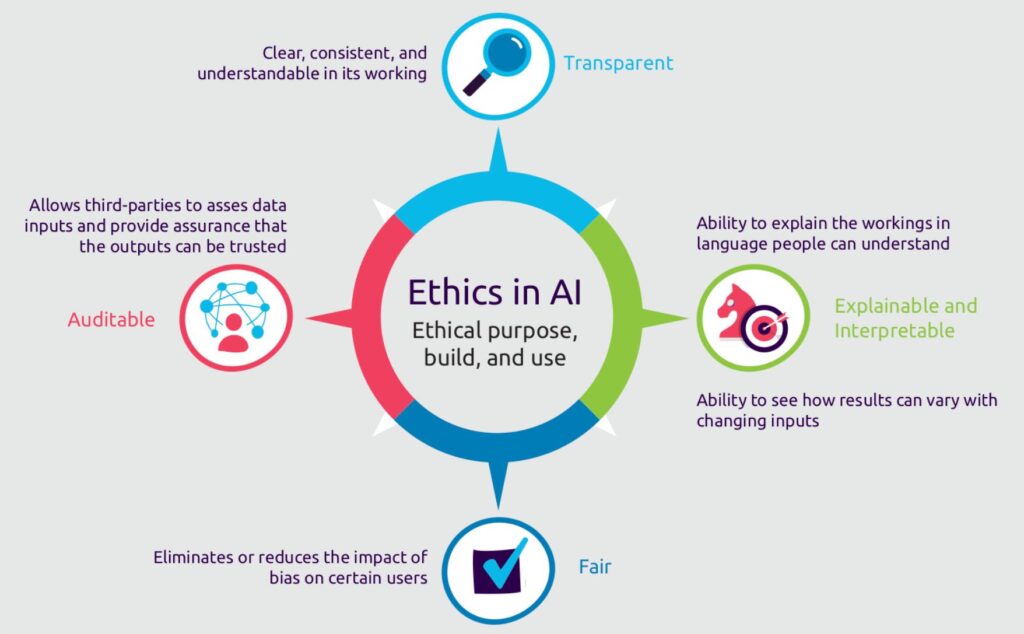
Artificial intelligence is becoming the central tool of the creative and strategic business revolution of 2026. It is transforming approaches to design, marketing, analytics, and decision-making — turning intuition into algorithms and hypotheses into validated scenarios. Companies that begin testing AI tools today gain not just a technological edge, but an opportunity to rethink their processes, accelerate product launches, and better understand their audiences. In an environment of growing competition and rapid digitalization, hesitation can cost market share. That’s why businesses should act now: integrate AI into core functions, experiment with platforms, and build internal expertise — not to catch up, but to lead.


